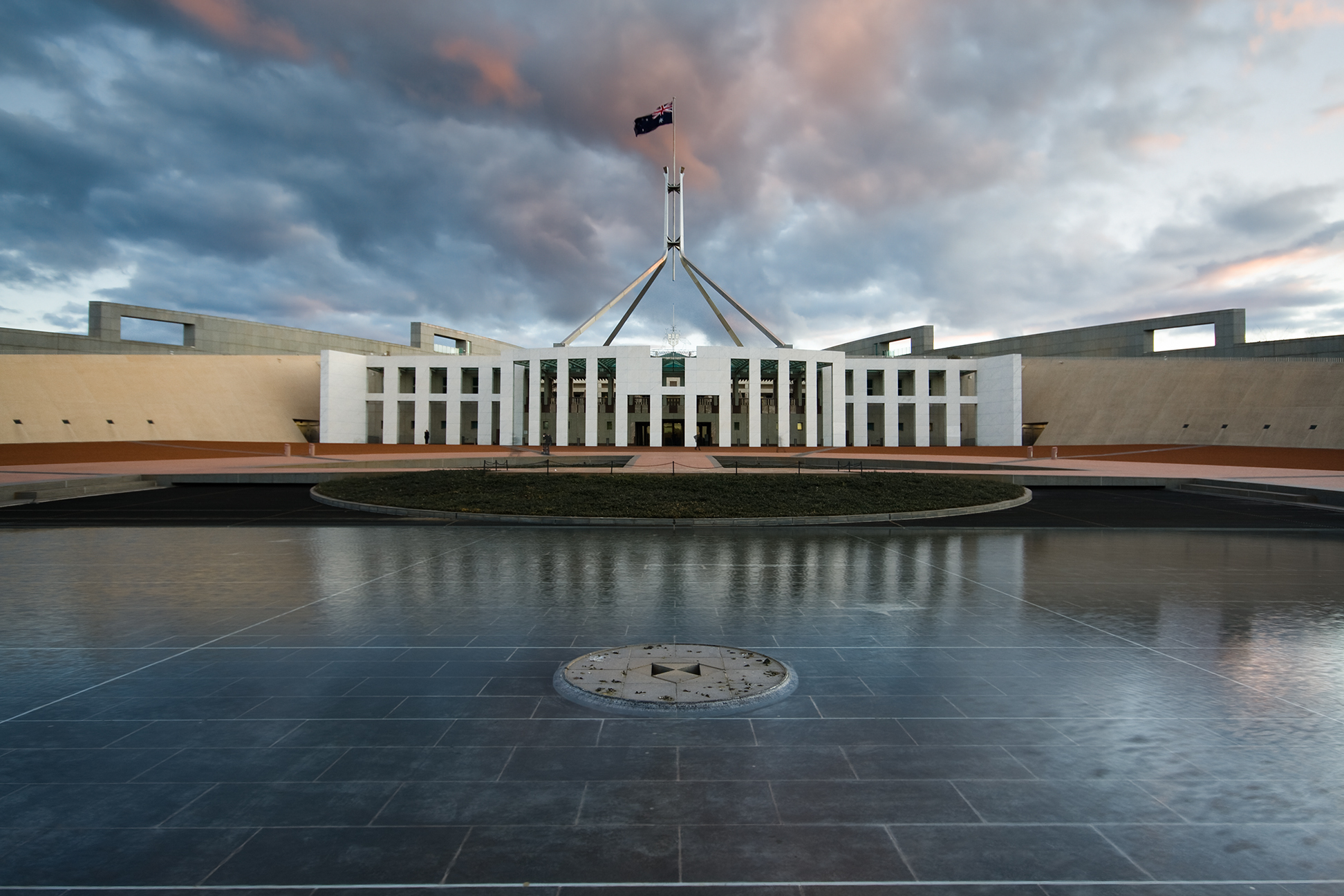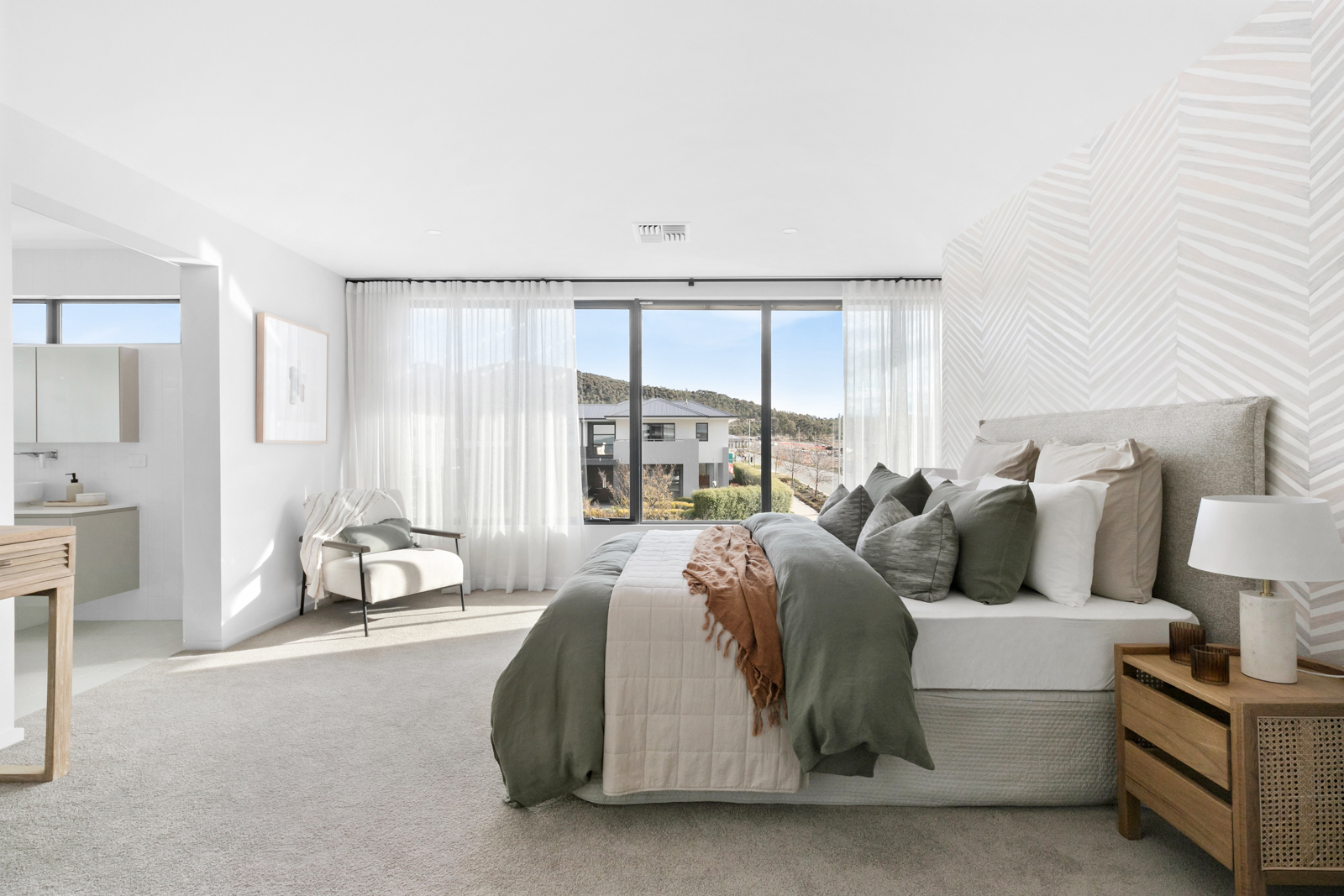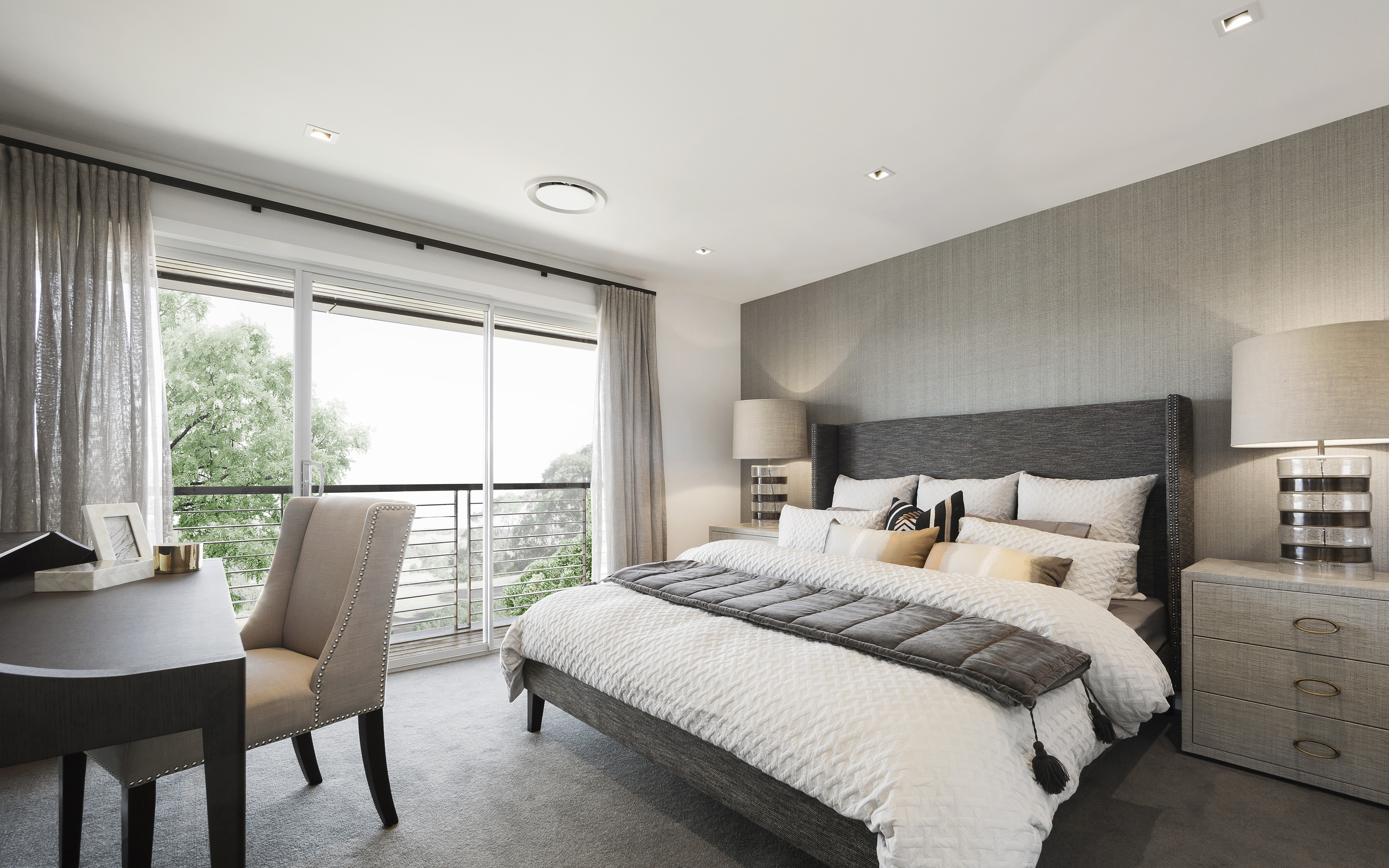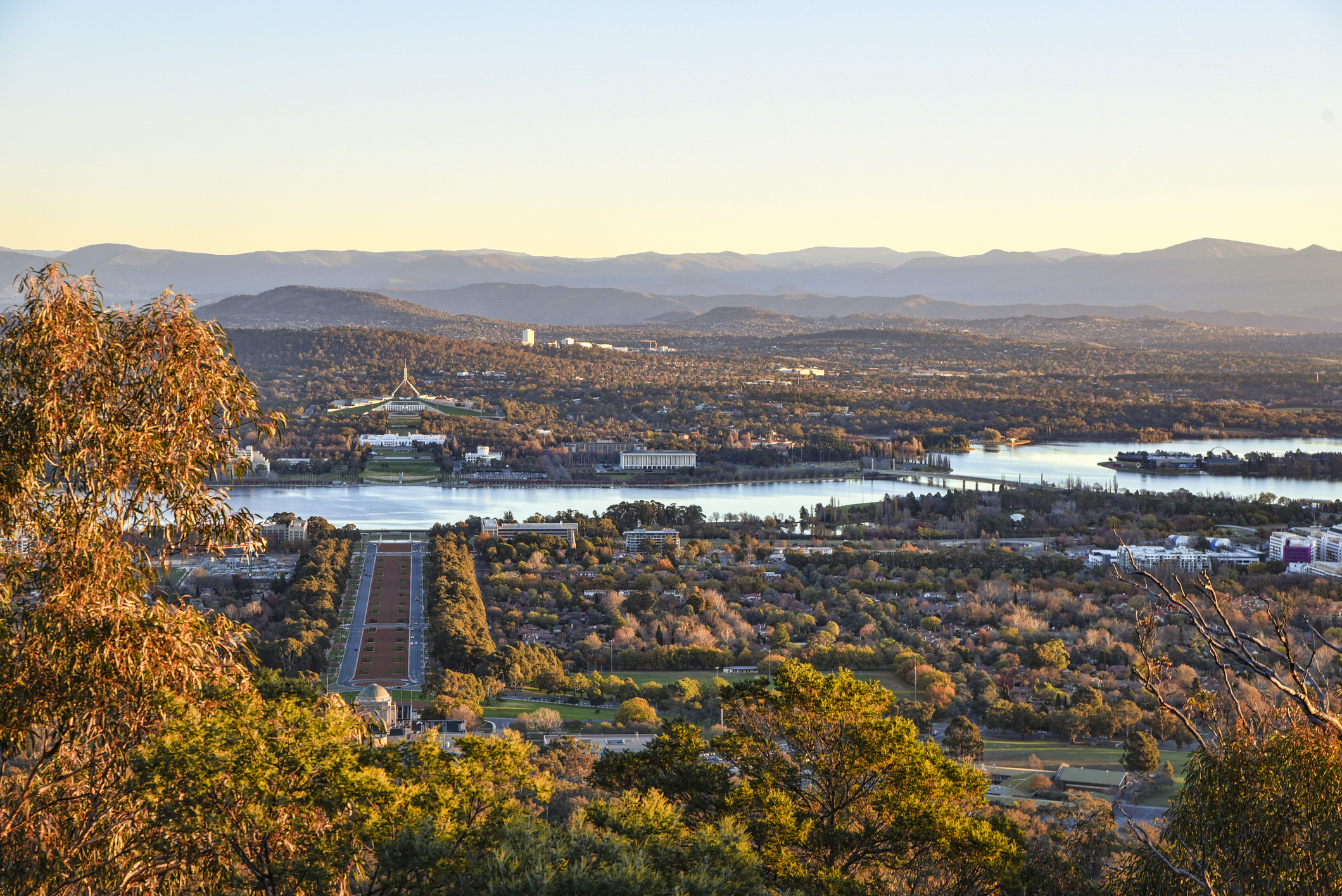Money talk
How much does it cost to build a new home in Canberra? | ACT
Putting a price tag on how much it will cost to build your new home can feel a whole lot like shouting ‘How long is a piece of string?’ into the void.
By reading on, though you won’t end up with a magic number, you’ll have a good idea of the cost categories to consider, more familiarity with the challenges and benefits of building in the ACT, and more knowledge with which to approach your builder of choice.
Getting into the Canberra zone
These lifestyle attributes are important to consider when choosing a block of land. For example, some of Canberra’s newest real estate suburbs Strathnairn and Denman Prospect will include public primary schools, shopping centres and parks, infrastructure that will ultimately add value to your future home.

How do I calculate my home building Canberra / ACT construction costs?
Let’s start with the land.
Because homes range from modest three-bedroom, one-bathroom dwellings to 6-bedroom, 3-bathroom, multiple living area affairs, looking at whole house costs isn’t very helpful.
A better approach is to think and plan in terms of square metres.
Now, let’s look at your garden. This is where your land meets your home so it’s worth considering costs like fencing, retaining walls and landscaping. Some of these costs are an essential part of a build (such as retaining walls on a steeply-sloped block) but other times they are expenses that are optional and can happen over a number of years after you’ve moved in.
Finally, there are all the costs that are not directly related to the land or house build. This includes costs such as legal fees, planning permits and development applications. They can also include additional expenses like connections to utilities like water, sewerage, electricity and gas.
Though each of these costs will seem very small compared with the big-ticket items of land and building, they are significant enough to include in your budgeting and planning.

What if I need to demolish a house or other buildings first?
Where you build your home is also a significant factor in the cost of construction. Canberra is currently the second most expensive Australian city in which to buy an established property with a median house price of $999,755 (only behind Sydney’s $1.36 million reported by CoreLogic in November 2021). For a more precise idea of your ACT building budget, there are a few questions you should consider asking yourself (and your builder) before you get started.
How do I know what’s included?
When comparing builders, you need to have the mantra of ‘buyer beware’ in mind, simply because not all new home builders include everything you’ll need in the advertised price of a new home. Some home builders’ marketing brochures or websites will show a ‘base price’, which usually includes the absolute basics needed to get the home to lock-up stage only.
As you shop around for your new home, spend time getting familiar with the terms used. This will help you review and read information and contracts with confidence. You’ll be less likely to be hit with unexpected costs and variations, and you’ll be in a better position to negotiate and budget strongly.

Is it cheaper to buy or build a house?
Buying a pre-existing home means you can move in right after settlement, however, if you don’t love the layout or finishes there could be lengthy — and possibly pricey — renovations to consider.
Choosing a builder you can trust
FAQs
How much does it cost to build a house in Canberra?
There is no simple answer to this question however, as of late 2023, research showed that construction costs within the ACT ranged between $1,940 and $3,850 per square metre.
How much does it cost to build a 3 bedroom house in Canberra?
Data from the ACT estimates building a house costs between $1,940 and $3,850 per square metre. This cost doesn’t include the price of the land the house will be built on, nor any site-preparation works or legal fees.
How much does it cost to build a 4 bedroom house in Canberra?
You need to consider the price of land as well as the actual building costs. Depending on your design and chosen materials, it’s best to allow between $1,940 and $3,850 per square metre for your house. Then, don’t forget to ask your builder about costs for site preparation, legals, permits and landscaping.
How much does it cost to build a 5 bedroom house in Canberra?
Five bedroom homes are great for a growing family and for when different generations come together under the one roof. Building up with a two-storey home means that you don’t necessarily need larger (and more expensive) land, however you’ll likely have more square metres in your house design.




